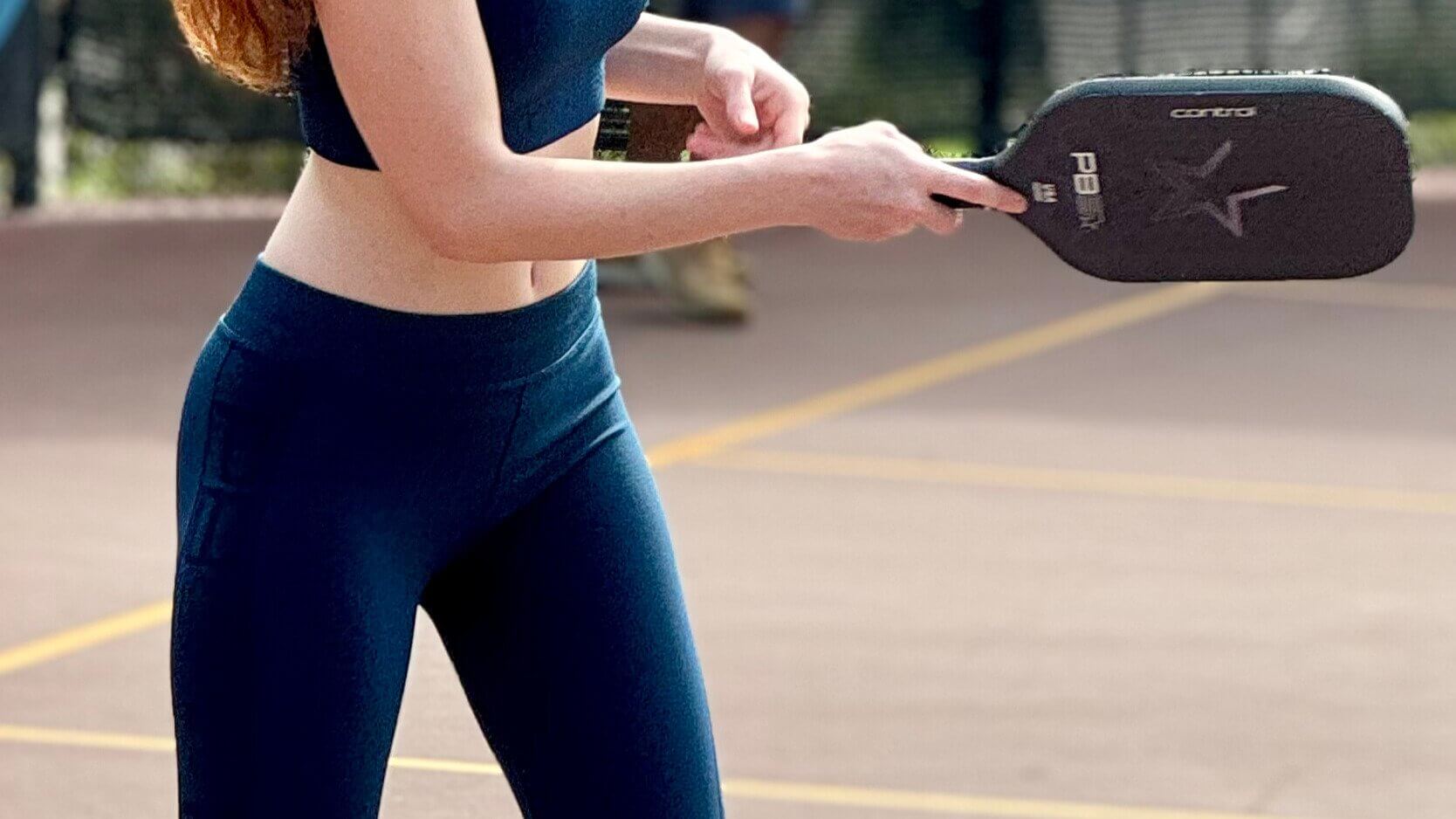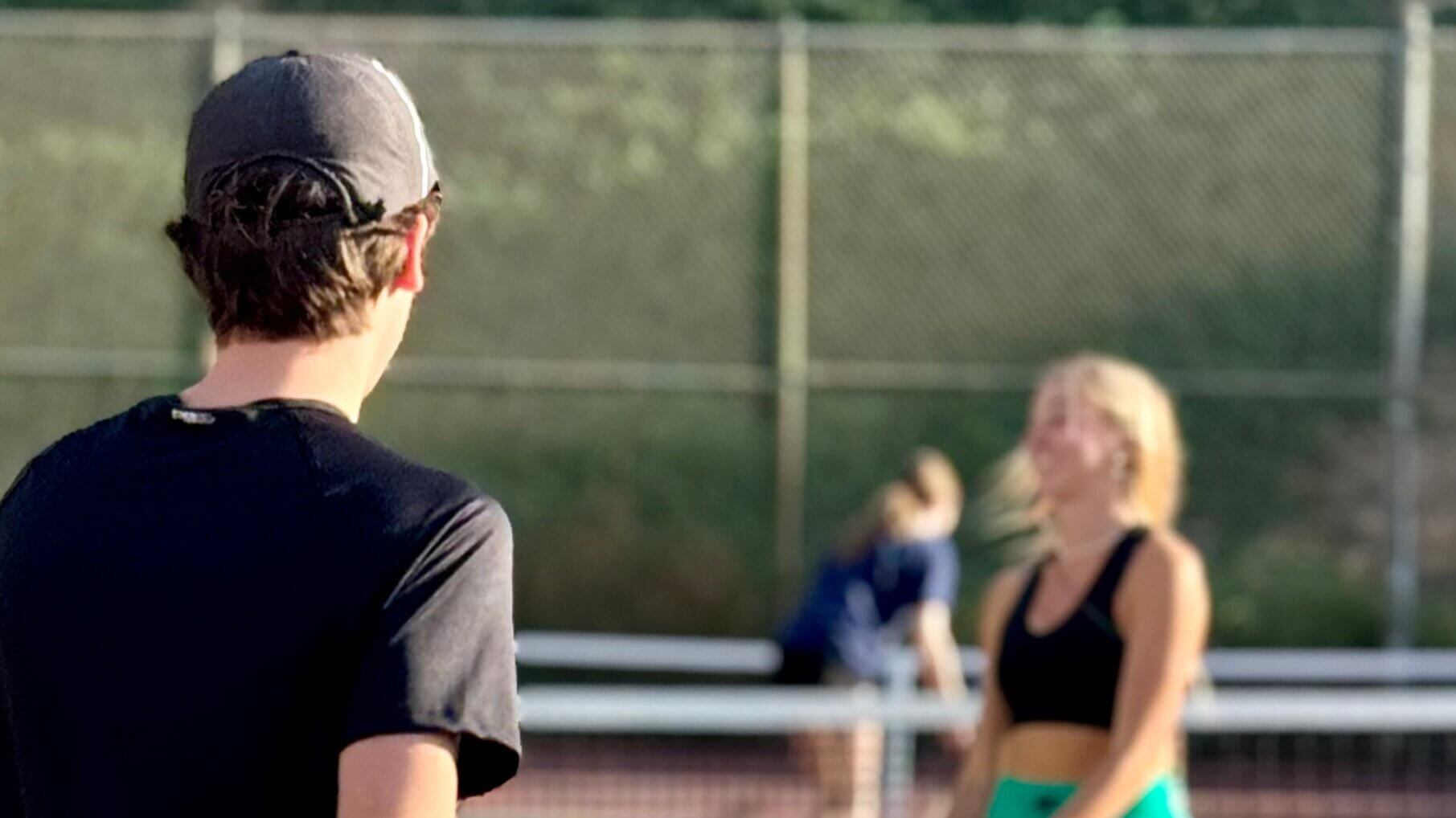Key takeaways:
Pickleball hole count changes how the ball plays. Indoor balls are built for control, while outdoor ones handle wind and speed better.
Official balls follow specific rules. To be tournament-approved, they need 26–40 holes and must meet size and durability standards.
Recreational balls are great for casual play. They’re solid for practice, learning, and relaxed games—even if they may wear out quicker.
Pickleballs may look similar at first glance, but the number of holes in each one is a key feature that affects how the game feels and flows. Whether you're rallying indoors or braving the wind on an outdoor court, the hole pattern plays a big role in how the ball moves through the air—and how it responds when it hits your paddle.
Knowing the difference between indoor and outdoor ball designs can help you make smarter choices for your playing style. At PB5star, we’re all about matching the right gear to the right conditions, from paddles to our PB5star Court2 shoes, which are built for stability on any court type. Getting the right feel from the ground up starts with understanding what makes your gear perform.
Hole count basics: indoor vs outdoor balls
The number of holes in a pickleball isn’t random—it’s one of the main things that separates indoor and outdoor balls. Outdoor balls typically have 40 smaller holes. These are designed to cut through wind and provide better stability in unpredictable outdoor conditions. The tighter hole spacing also helps the ball maintain a more consistent flight path on rougher surfaces like concrete or asphalt.
Indoor balls, on the other hand, usually feature 26 larger holes. These balls don’t need to fight wind, so their design prioritizes smoother flight and a softer bounce. The hole layout helps them move cleanly across wooden or gym flooring while keeping things more controlled during play.
Here’s a quick breakdown of how the ball’s hole design directly affects its performance on the court:
Drag control: More holes reduce air resistance and flutter, which keeps outdoor balls more stable in windy conditions.
Lift and trajectory: Hole placement influences how much lift a ball gets as it travels through the air, affecting shot height and range.
Bounce consistency: Fewer, larger holes produce a softer and more predictable bounce on smooth surfaces.
Flight behavior: Smaller holes help pickleballs maintain a straighter flight path, even when hit hard or from awkward angles.
Spin response: The hole pattern also influences how the ball reacts to spin, with outdoor balls often feeling faster and more reactive.
These design differences aren’t just about preference. Each type of ball is built to suit the demands of its environment. If you’re switching between indoor and outdoor courts, using the right ball can help maintain rhythm in your game and improve the overall feel of your shots.
What the rulebook says: official specs for hole count
When it comes to official play, not just any pickleball will do. USA Pickleball requires approved balls to have between 26 and 40 round holes—covering both indoor and outdoor designs. That means whether you're practicing inside or out, there’s a regulated version of the ball that fits your environment.
Beyond the hole count, balls must meet specific criteria to make it onto the official list of approved gear. Here’s what the 2025 USA Pickleball rulebook says:
The ball must feature a printed or embossed manufacturer or supplier name or logo.
The Tournament Director must select the ball used in a tournament from the list of approved balls.
Construction must be a single uniform color (except for logos) with a smooth, untextured surface.
The material must be durable and molded, with no surface texture. A slight seam ridge is allowed if it doesn’t affect flight.
You can find the complete list of approved balls on the USA Pickleball website. If you're not in a tournament setting, there's more wiggle room, but getting familiar with regulation gear makes casual play more consistent and helps you transition smoothly into competitive matches when you're ready.
Clearing things up about pickleballs
There’s more to a pickleball than just its color and size. Whether you're new to the game or refining your gear, it’s normal to have questions about how different balls perform, what’s allowed, and how to keep them in good shape.
What kind of pickleball is fine for casual games?
Recreational balls are perfect for everyday play. They’re usually modeled after indoor or outdoor balls, with either 26 or 40 holes, but they aren’t held to the same precise standards as tournament-grade options. That means the materials might be slightly softer or the hole pattern less exact. They’re great for practice, relaxed matches, or just getting a feel for the game, though they might wear out faster—especially on outdoor courts.
Who are recreational balls best suited for?
These balls are a go-to for new players, casual games, or anyone looking to save a little while learning. They’re also great for kids or weekend play with friends. If you're still building your skills or not quite ready to invest in official gear, they’re a solid choice to get started.
Can you drill more holes into a pickleball?
Not a good idea. Drilling extra holes might seem like a quick fix to adjust speed or spin, but it throws off the ball’s balance and flight. It also makes the ball unpredictable—and definitely unusable for anything resembling real match play.
What if a ball has a damaged or uneven hole?
If you notice a crack, dent, or a warped hole, it’s best to retire the ball. Even small damage can lead to strange bounces or sudden drops mid-rally. A good rule of thumb: if a ball doesn’t bounce or fly like it used to, it’s time to swap it out.
What’s the best way to take care of pickleballs?
Keep your pickleball in a dry place, away from extreme heat or direct sun, which can warp the plastic. If you’ve been playing outdoors, a quick rinse to get rid of dust or grit helps extend its life. Simple care goes a long way in keeping it consistent and ready for the next match.
Small details, big impact
It’s easy to overlook how much thought goes into the design of something as small as a pickleball. But when you start noticing the difference it makes in real games, it’s hard to go back to using just anything. Knowing what works best for your play style helps you stay confident and consistent every time you step on the court.
At PB5star, we’re here for players who care about every detail, from their serve to their gear setup. Whether you're practicing indoors or going full-out in an outdoor tournament, choosing equipment and footwear that support your style can make every match more satisfying.






